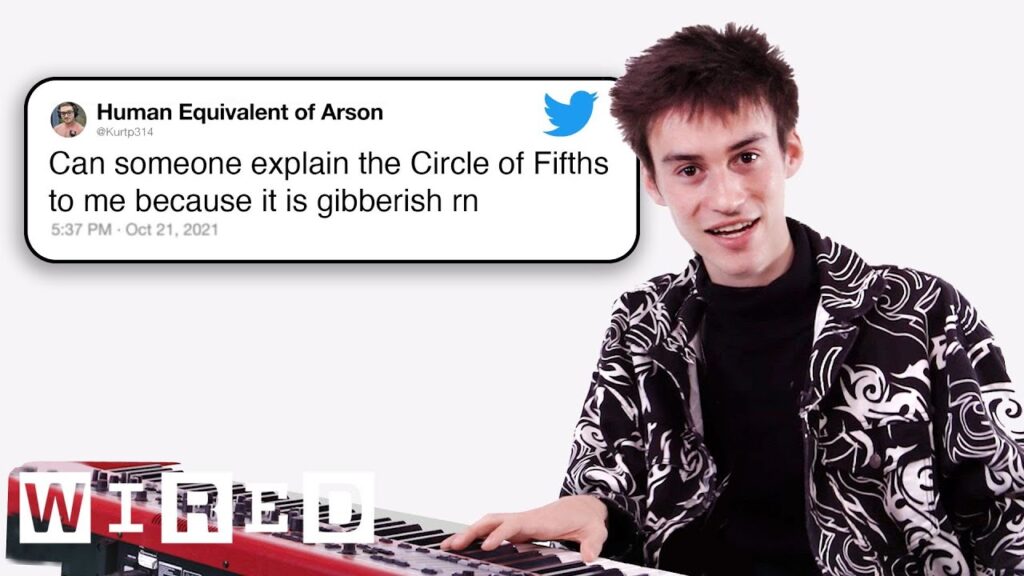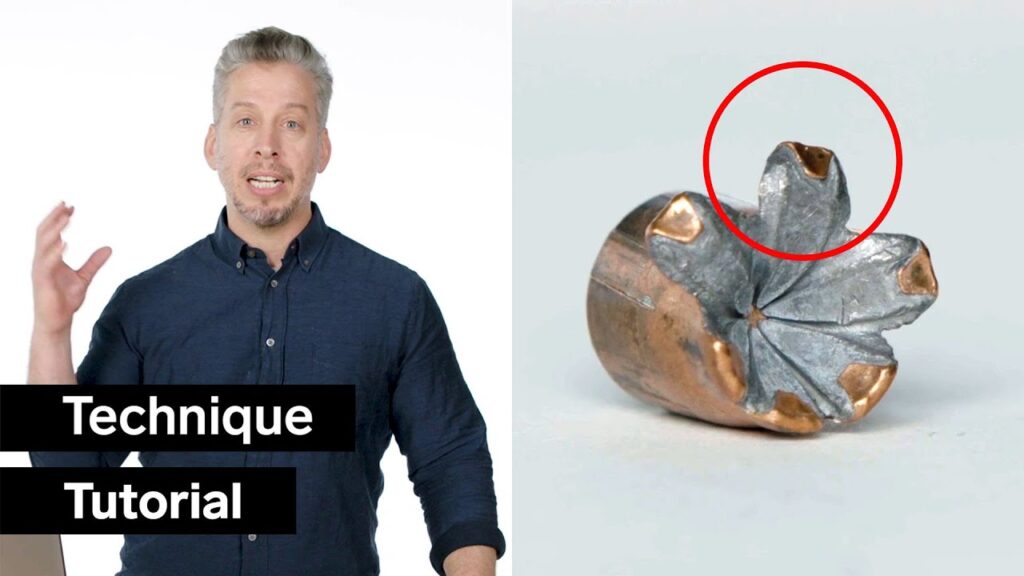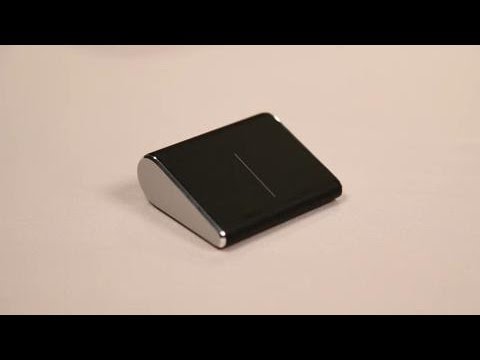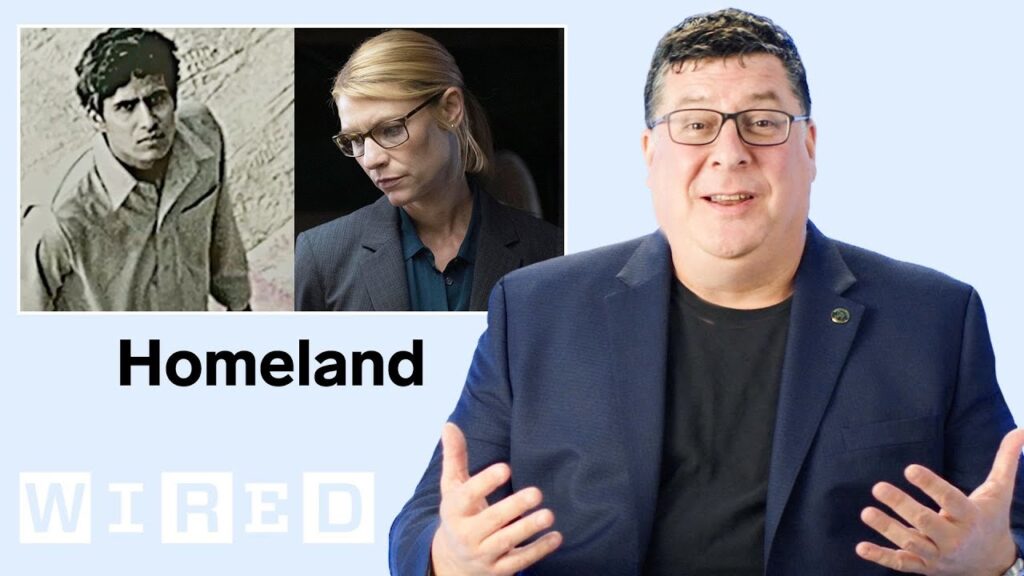Chirped Pulse Amplification: The Technique Behind Short, High-Energy Laser Pulses
Summary
In this article, we explore the technique of chirped pulse amplification, which is used in lasers to create short, high-energy pulses. We discuss the process of stretching and compressing the pulse, and how the use of multiple colors allows for shorter pulses. We also delve into the potential benefits of using short pulses in experiments, and the speaker’s goal of building two powerful lasers.
Table of Contents
- What is Chirped Pulse Amplification?
- The Benefits of Short Pulses
- Building Powerful Lasers
- Conclusion
What is Chirped Pulse Amplification?
Chirped pulse amplification is a technique used in lasers to create short, high-energy pulses. The process involves using a long fiber to stretch the pulse, which is made up of different colors due to dispersion. The red color travels faster than the green and blue colors, causing the pulse to stretch and become chirped. The stretched pulse can then be safely amplified before being compressed back into a short, high-energy pulse using a compressor. This technique is similar to other types of lasers, but the use of multiple colors allows for shorter pulses.
The Benefits of Short Pulses
The speaker, a graduate student studying soft matter physics, discusses the potential benefits of using short pulses in experiments. They explain that short pulses may deliver power where it is needed without heating up the sample too much. The speaker has used optical tweezers to trap particles in a solution but has not used laser tweezers to twirl the motor. They have worked with a kilojoule laser with a nanosecond pulse and brought it down to something called tabletop terawatt. The goal is to reach 10 to the 29 watts per square centimeter to drive chemical reactions at a specific spot or destroy a single cell like a tumor cell without affecting the neighboring areas. Short pulses might help in the lab with laser.
Building Powerful Lasers
The speaker discusses their goal of building two 25-30 petawatt lasers to combine power and potentially create an electron beam that could reach the Schwinger limit. They explain that the main difference between the continuous wave laser and chirped pulse amplification is that the latter delivers power in a very short time. The speaker reminisces about their past work together and their shared interest in high peak power lasers.
Conclusion
Chirped pulse amplification is a powerful technique used in lasers to create short, high-energy pulses. The use of multiple colors allows for shorter pulses, which may have potential benefits in experiments. The speaker’s goal of building two powerful lasers could lead to exciting new discoveries in the field of physics.






